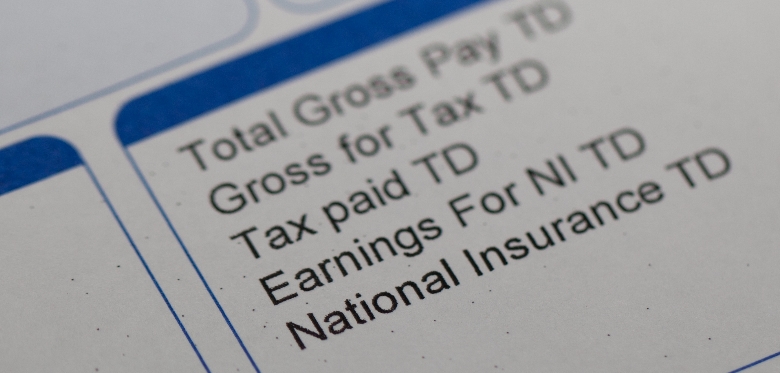The start of the new financial year often heralds change in employment legislation and 2017 was no different with the introduction of the gender pay gap reporting. Under the new law any voluntary, private or public sector company with 250 or more workers has to publish its annual gender pay data.
What do employers have to provide?
Employers must publish data on the following six criteria:
- mean gender pay gap in hourly pay
- median gender pay gap in hourly pay
- mean bonus gender pay gap
- median bonus gender pay gap
- proportion of males and females receiving a bonus payment
- proportion of males and females in each pay quartile
The results must be published on the employer's public facing website and also a government website by no later than April 2018 and then each year after that.
Are there consequences for non-compliance?
As set out above, employers have a statutory duty to produce their figures by no later than April 2018. However, somewhat surprisingly, there is no legislative sanction for non-compliance. Some have argued that the bad publicity associated with a failure to comply will be enough to encourage employers to produce the figures. However some are concerned that the lack of direct punishment risks letting unscrupulous employers off the hook.
Will it work?
Importantly, employers have the option of providing a narrative alongside their data. This gives them the opportunity to explain any misleading impressions which the bare figures might give and also provides them with a chance to explain the steps they intend to take to bring about greater equality.
The move will bring about greater transparency and hopefully reduce the gender pay gap which recent Office for National Statistics figures confirm still exists today. For example, if the figures demonstrate an under representation of women at senior level then this may provide the shot in the arm for employers to take action.
More Claims?
We will have to wait and see whether the introduction of gender pay reporting will bring about further claims. ACAS has been keen to make a distinction between gender pay reporting and equal pay.
The equal pay legislation focuses on the pay differences between men and women who carry out “like work” and give workers the right to bring claims where there are discrepancies. Whilst gender pay gap reporting casts the net wider, considering the differences across the entire workforce, it does not immediately give rise to claims.
Despite the distinction, it is felt that the greater transparency will lead people to compare themselves with their colleagues, highlight differences they may not be aware of, and re-evaluate their position within company. This may in turn give rise to an increase in employment disputes and tribunal claims.



Comments